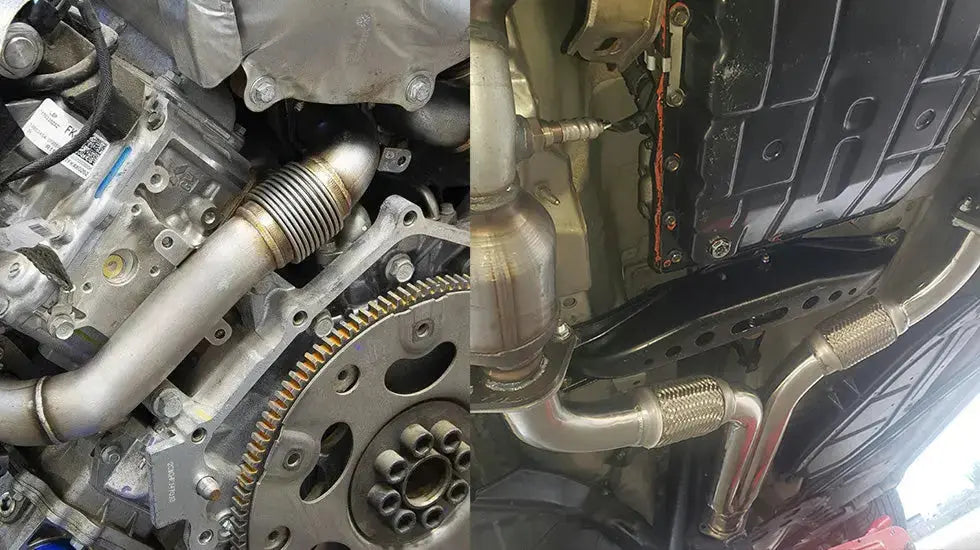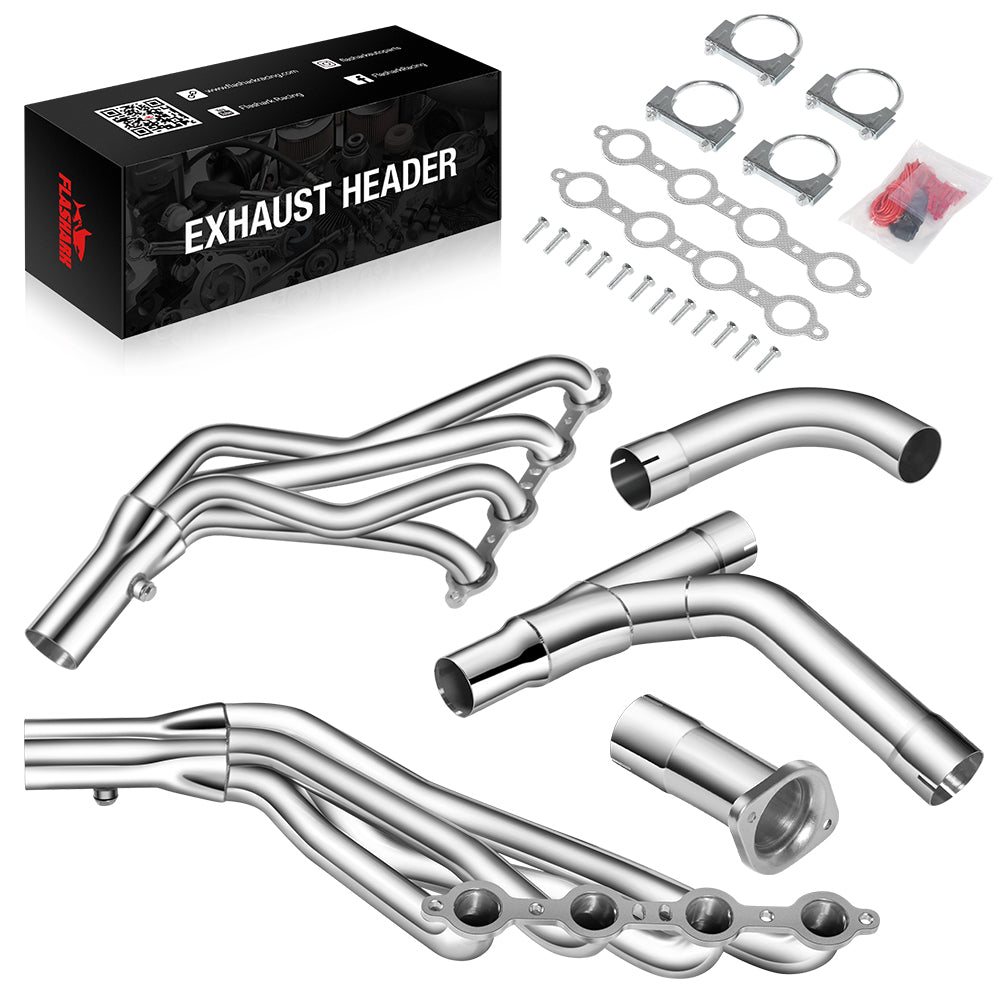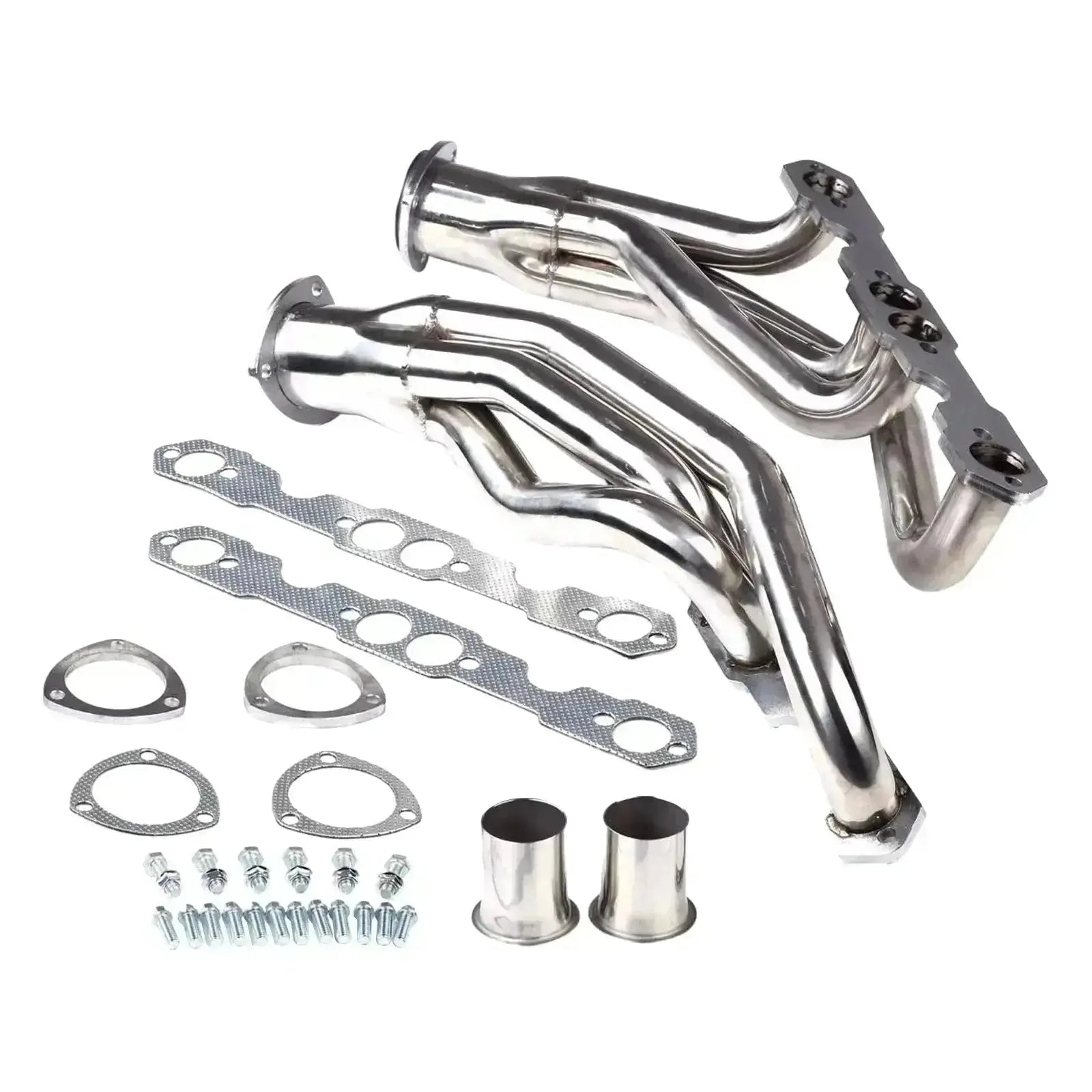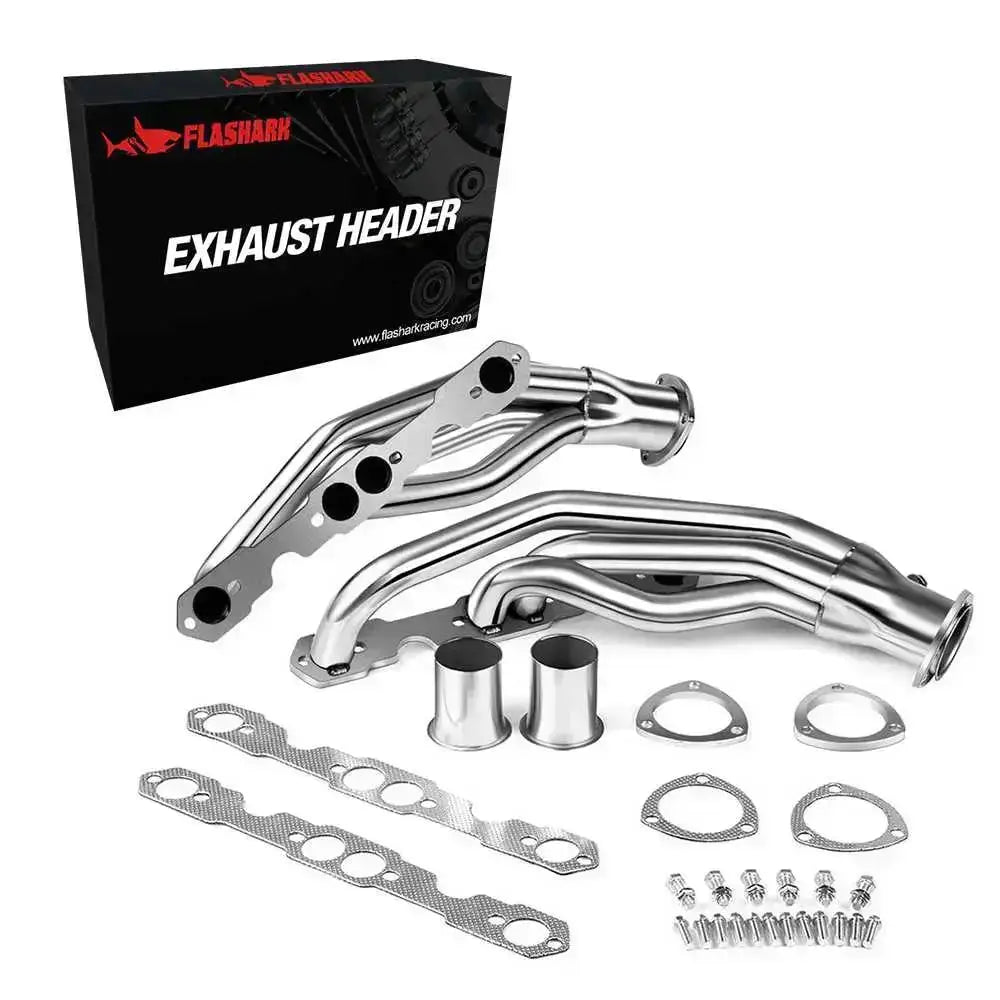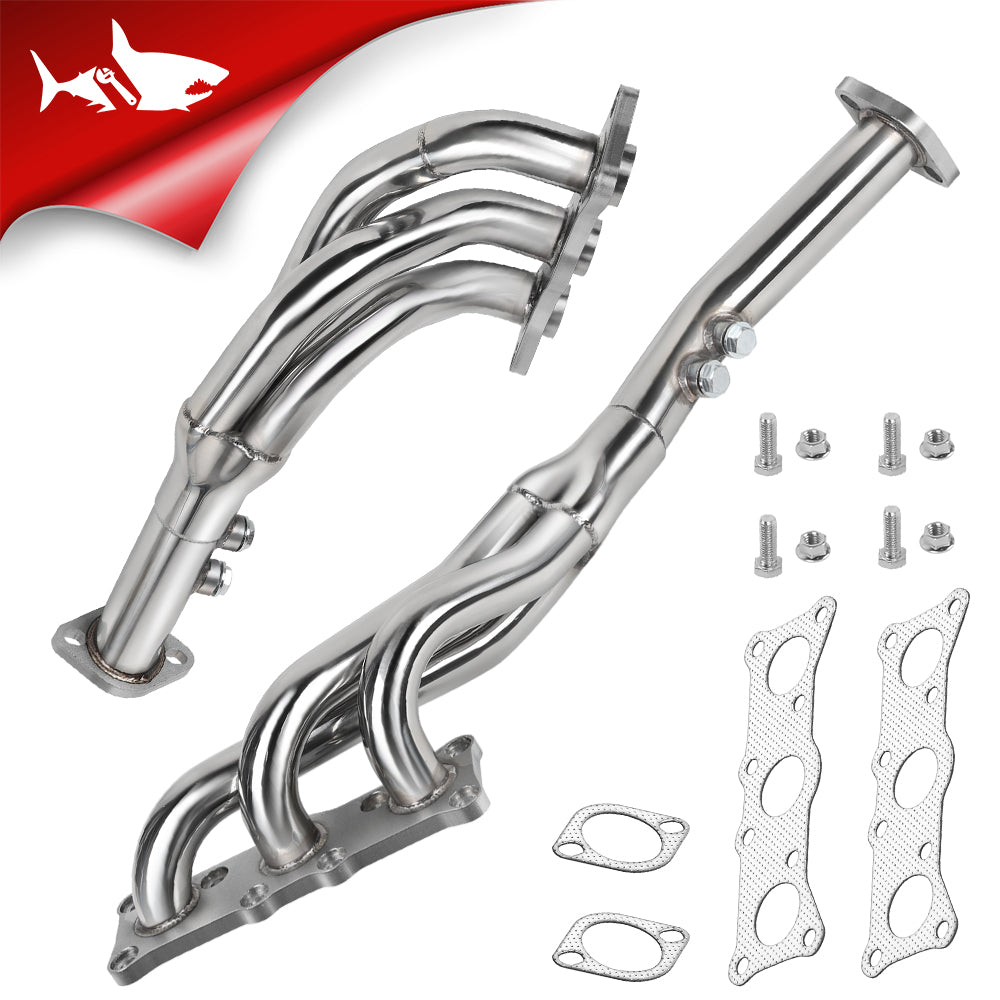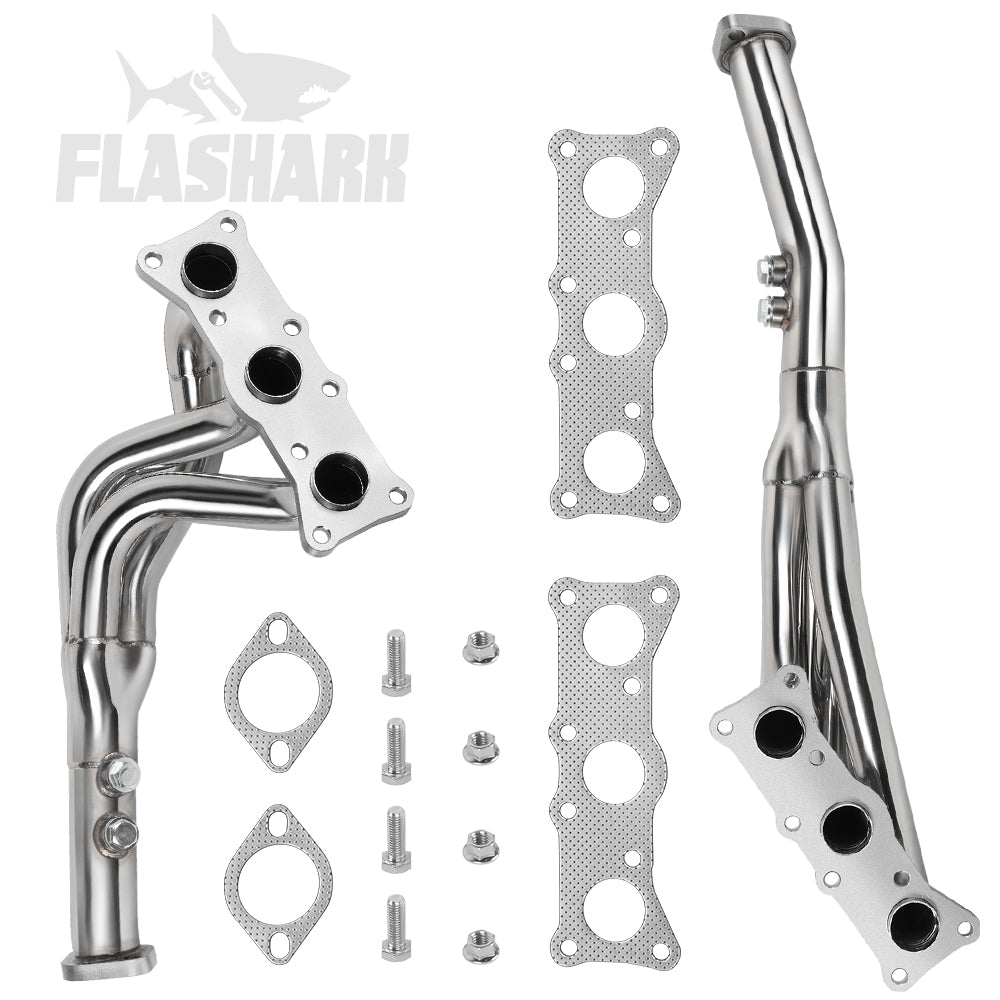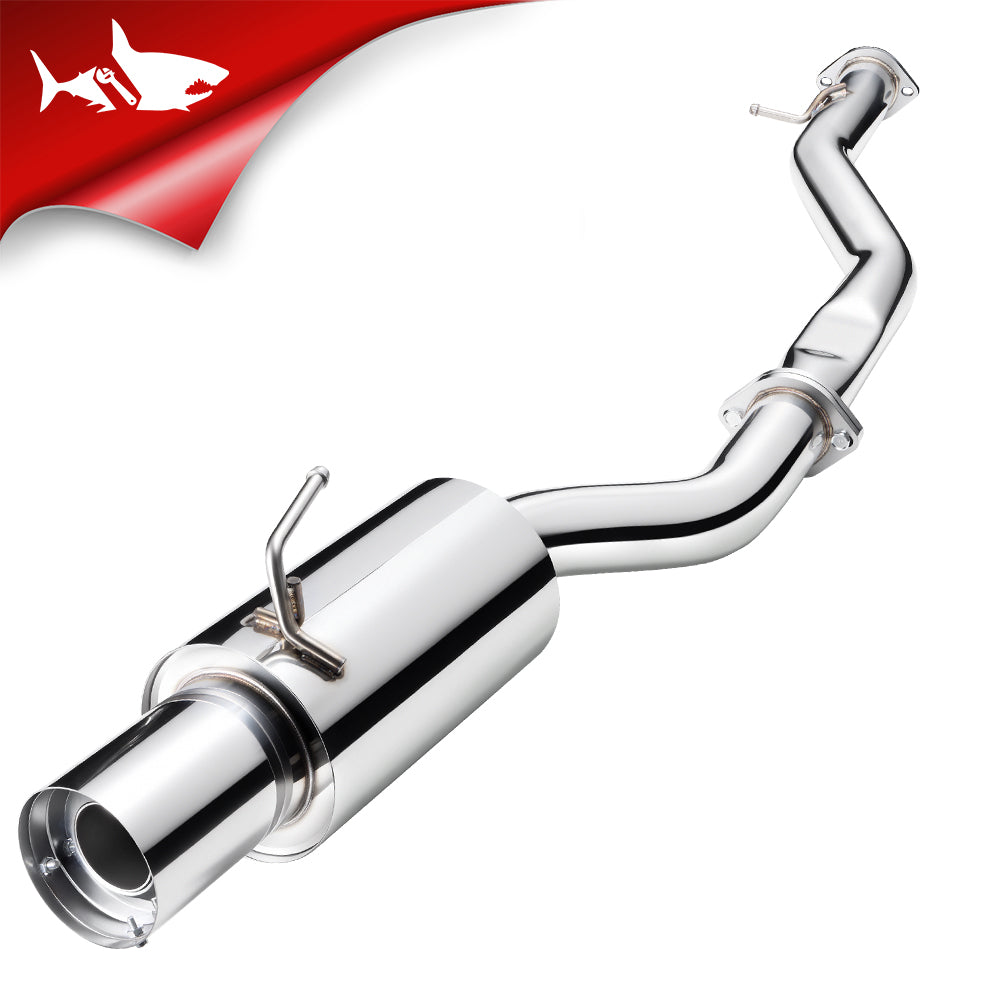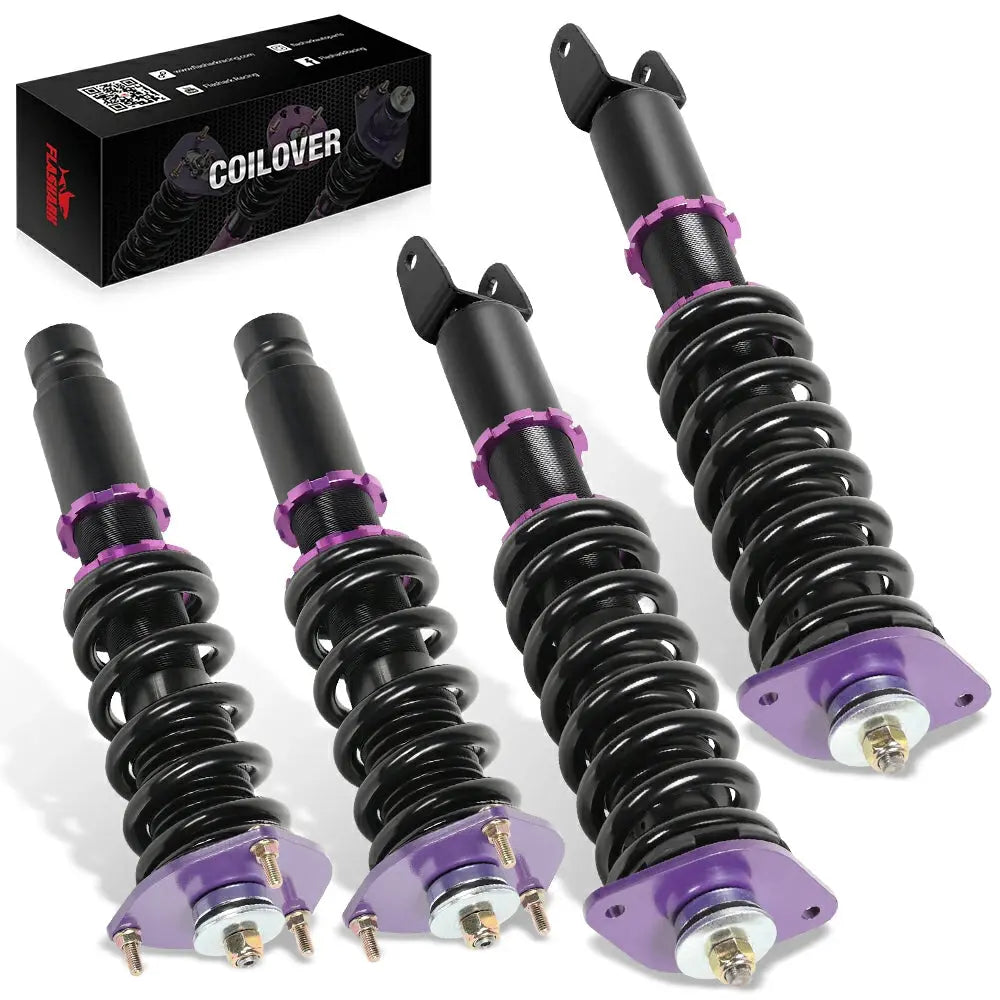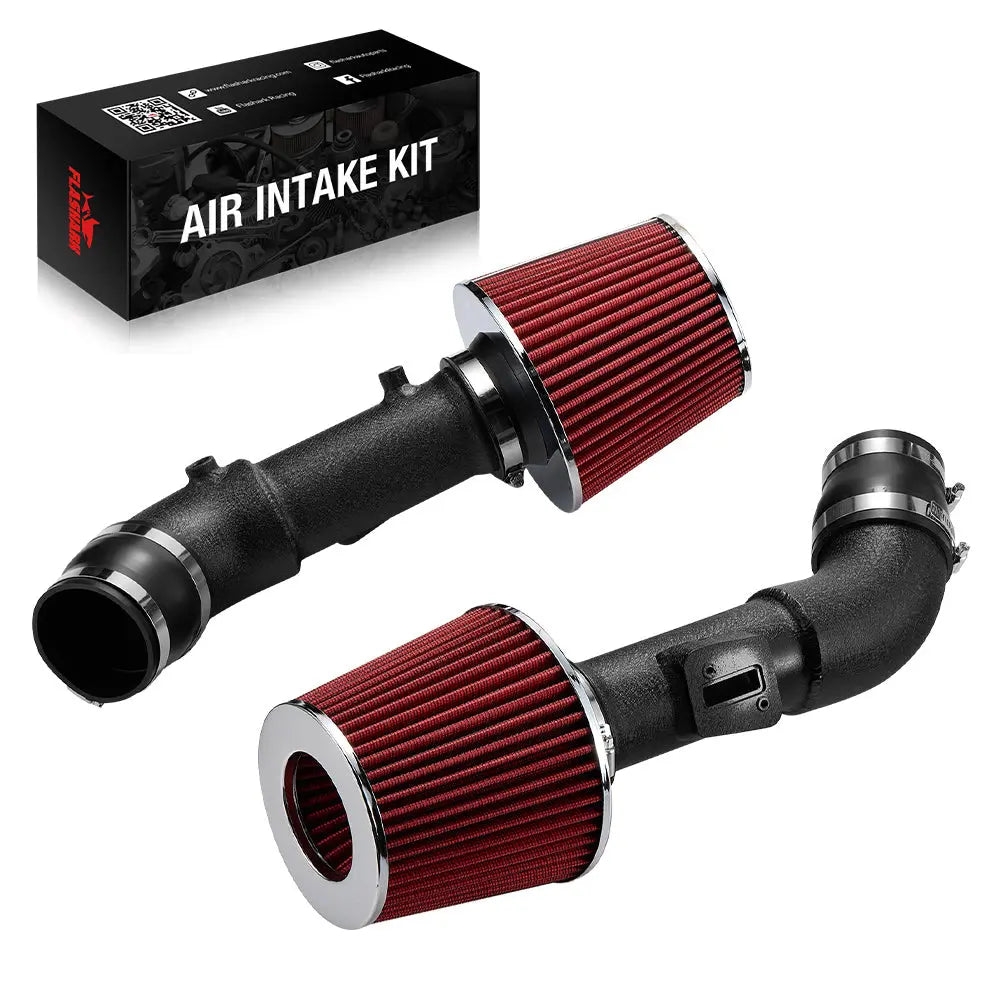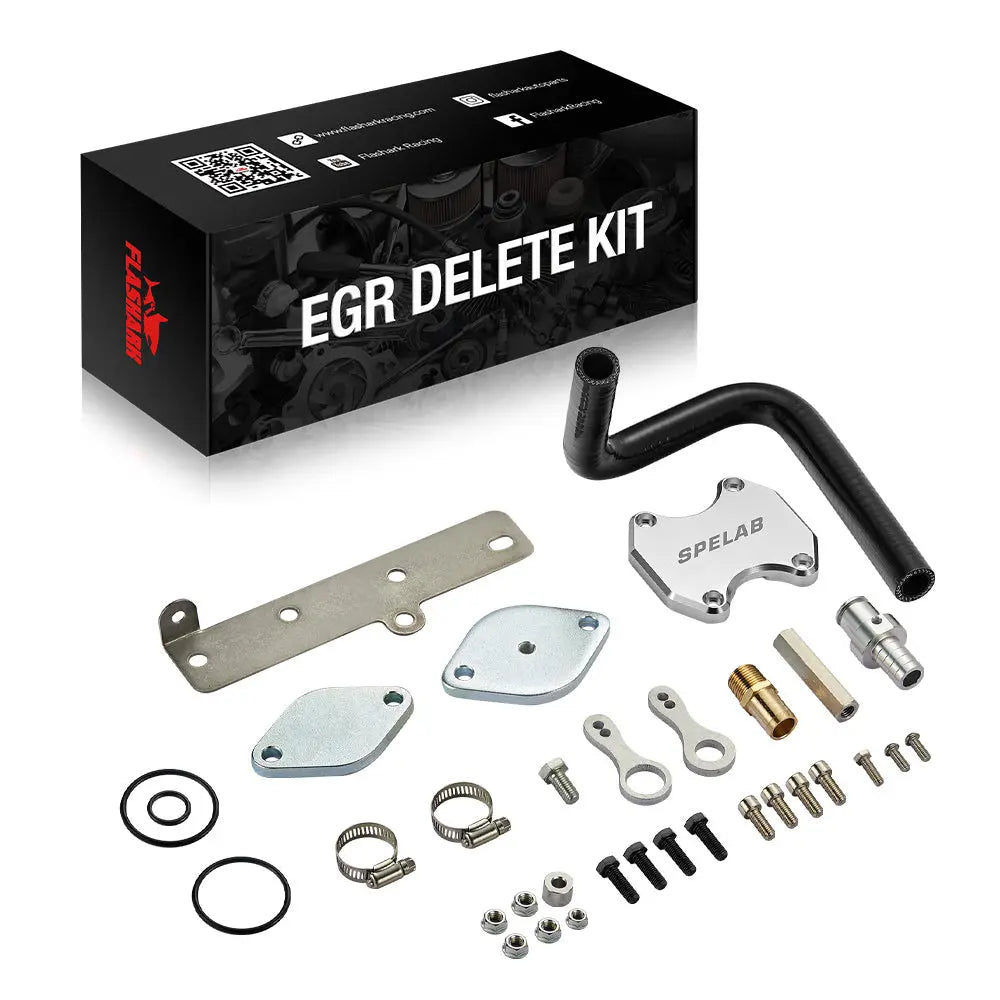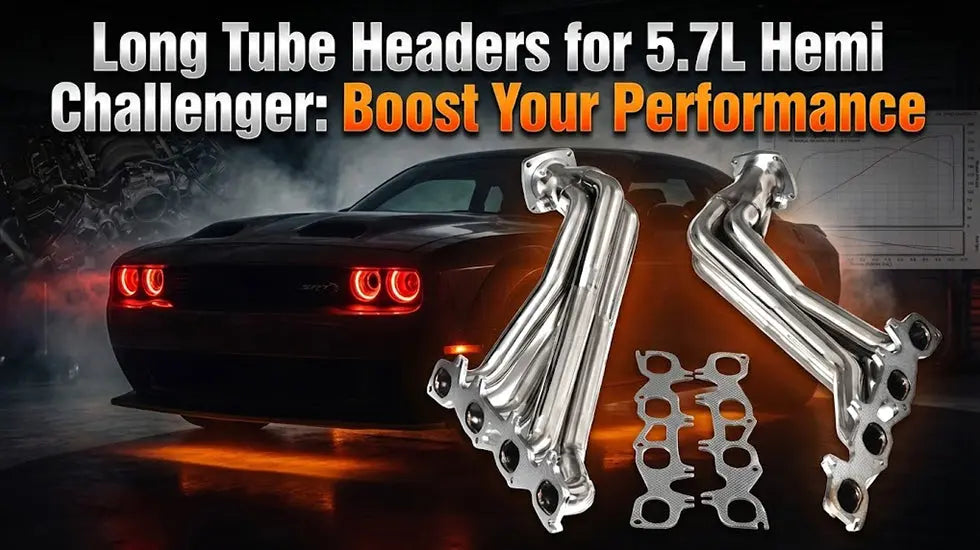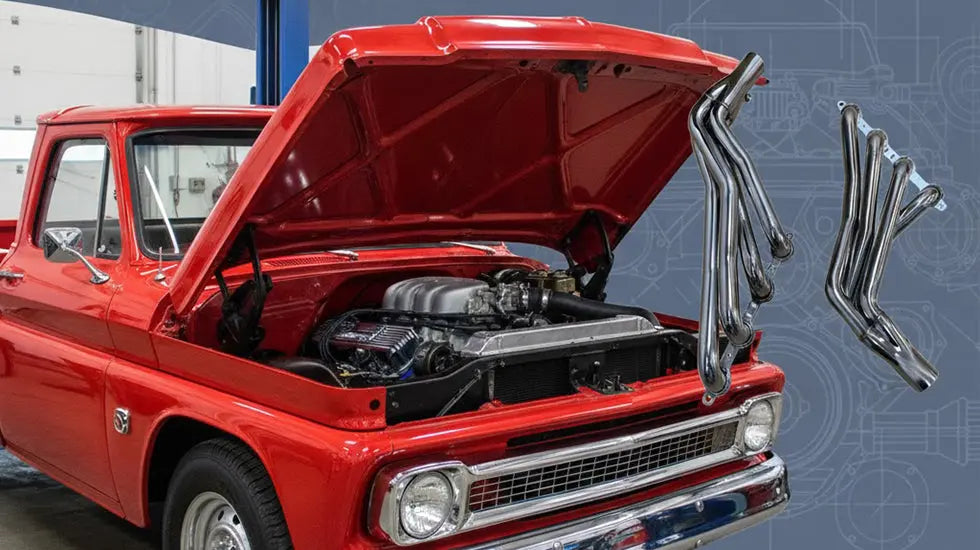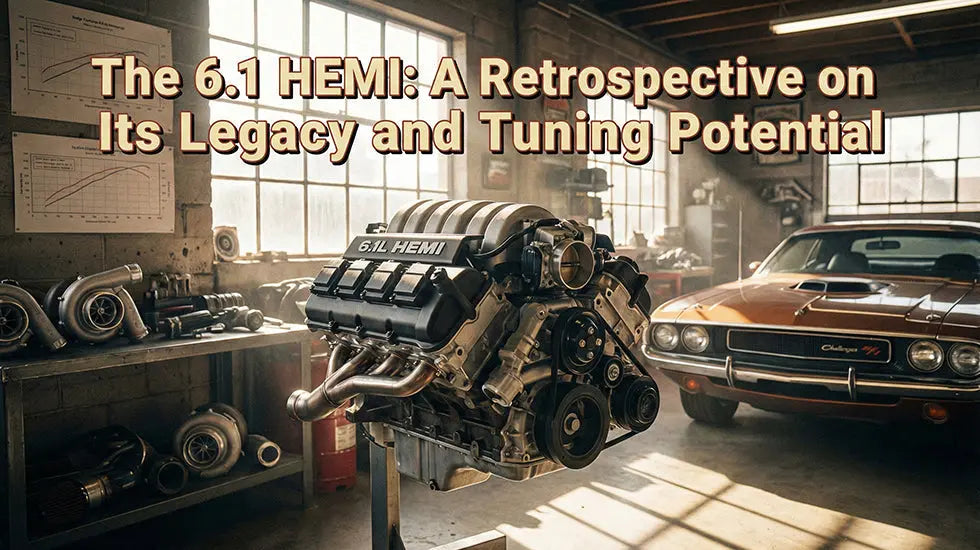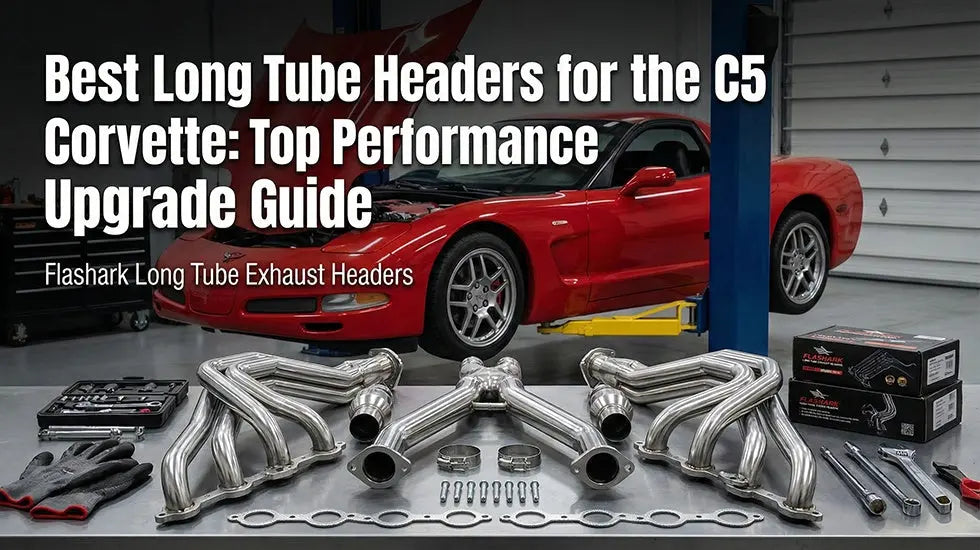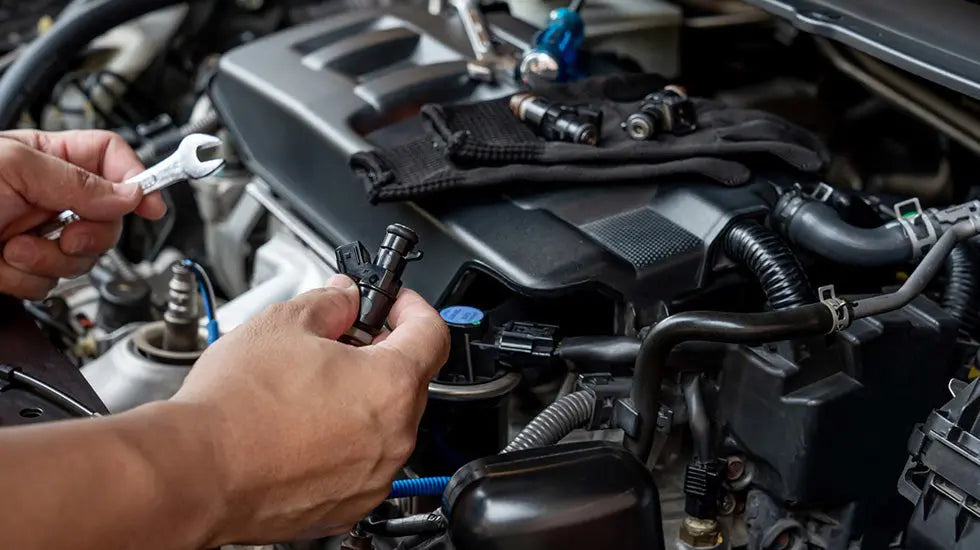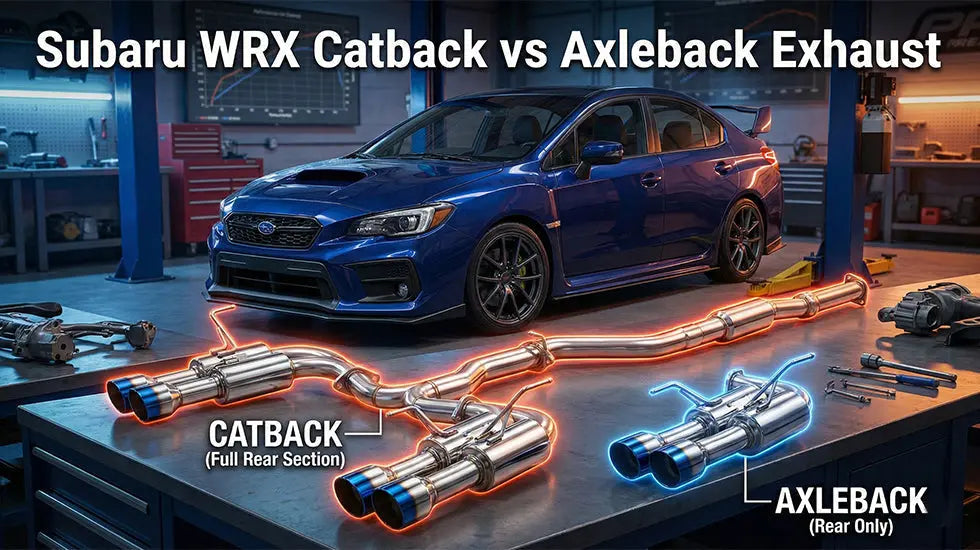Turbocharged engines have become a standard feature in performance cars, providing that extra boost in power and efficiency. But for those looking to push their vehicle's capabilities even further, two critical components often come into focus: the up pipe and the downpipe. Both play significant roles in optimizing exhaust flow and improving engine performance, but they serve distinct purposes. In this article, we’ll break down the differences between up pipes vs downpipes, explore their individual benefits, and help you decide which upgrade is right for your turbocharged engine.
What Is an Up Pipe?
An up pipe is a critical component that connects the engine's exhaust manifold to the turbocharger. Its primary role is to deliver exhaust gases to the turbo to help spool it up. Typically, up pipes are short, and they may come with or without a catalytic converter. A catless up pipe helps reduce exhaust flow restrictions, improving turbo response and reducing turbo lag, especially at lower RPMs.

What Is a Downpipe Pipe?
A downpipe pipe connects the turbocharger to the rest of the exhaust system. It channels exhaust gases from the turbo to the rest of the exhaust flow, helping to expel them more efficiently. Downpipes come in various designs, with some having a catalytic converter and others being catless. Upgrading to a performance downpipe reduces backpressure and increases exhaust flow, which boosts overall engine power, especially at higher RPMs.

Key Differences Between Up Pipe and Downpipe
While both the up pipe and downpipe improve exhaust flow, they impact performance in different ways.
Location in the Exhaust System
-
The up pipe is located higher up in the exhaust system, connecting the engine’s exhaust manifold to the turbocharger. Its primary job is to deliver exhaust gases to the turbo to initiate the spool.
-
The downpipe connects the turbo to the rest of the exhaust system, ensuring the gases exit efficiently. It's generally larger and more involved in handling the full exhaust output.
Impact on Turbocharged Engine Performance
The up pipe plays a critical role in reducing turbo lag. A more efficient up pipe means faster turbo spool and better throttle response at low RPMs. On the other hand, the downpipe’s main function is to reduce backpressure and improve exhaust flow, which helps to unlock higher power outputs as the engine reaches higher RPMs.
Effect on Exhaust Flow and Backpressure
-
The up pipe improves the flow of gases to the turbo, reducing any obstructions that could cause lag.
-
The downpipe ensures that exhaust gases flow out of the turbo as efficiently as possible, helping to increase power by reducing backpressure.
Up Pipe vs Downpipe: Performance Benefits
When comparing up pipes vs downpipes, it’s important to look at how each part affects overall performance.
Turbo Lag Reduction
Upgrading to a catless up pipe can significantly reduce turbo lag, improving engine responsiveness at lower RPMs. This means faster acceleration and a more immediate throttle response when you need it most.
Maximizing Power Output
The downpipe has a greater impact on power at higher RPMs. By reducing backpressure, especially in catless downpipes, you can increase horsepower and torque, particularly in high-performance setups.
Overall Impact on Engine Performance
A catless up pipe speeds up turbo spool and reduces lag, while a performance downpipe increases exhaust flow and power. Both components complement each other, and upgrading both can offer a balanced improvement across the entire RPM range.
Which Should You Upgrade First: Up Pipe or Downpipe?
When deciding between upgrading your up pipe or downpipe, there are several factors to consider.
Factors to Consider
-
Type of Driving: If you're looking to improve daily driving or street use, a catless up pipe might provide the best response and throttle improvement at lower speeds. However, if your focus is on track performance or increasing top-end power, a downpipe upgrade is likely the better choice.
-
Performance Goals: If your goal is faster turbo response and lower-end torque, start with the up pipe. If you’re aiming for maximum horsepower, the downpipe should be your first upgrade.
Cost-Effectiveness and Return on Investment
Upgrading the up pipe can be a more budget-friendly choice, especially if you’re only looking to reduce turbo lag. On the other hand, upgrading the downpipe may offer more significant power gains in the long term, making it a more worthwhile investment for high-performance builds.
Legal and Emissions Considerations
Be sure to consider the legal implications of a catless downpipe or catless up pipe in your region. Many areas have strict emissions laws, and a catless downpipe may not pass inspection, potentially leading to fines or registration issues.
Conclusion: Up Pipe vs Downpipe – Which Is Right for You?
Both up pipes and downpipes offer distinct performance benefits, and your choice depends largely on your goals and the type of driving you do. Upgrading the up pipe is ideal for improving turbo response and reducing lag, making it a great choice for daily driving and street performance. Meanwhile, a downpipe upgrade can provide significant gains in power and efficiency, particularly for track enthusiasts or those looking to maximize top-end performance.
Ultimately, the best choice may be to upgrade both, as they work together to optimize turbo performance. Choose wisely based on your goals, budget, and local regulations to ensure you get the most out of your turbocharged engine.

